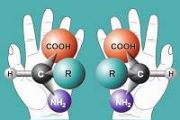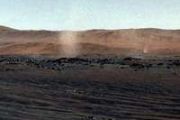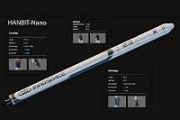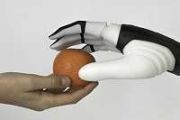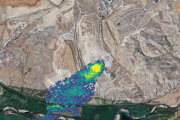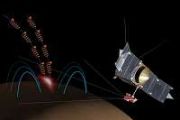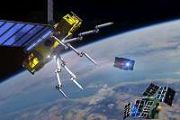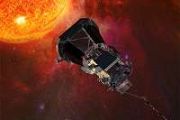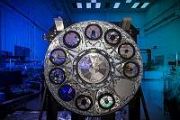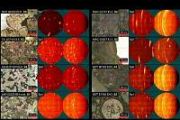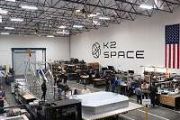
Copernical Team
ReOrbit and TransAstra sign spacecraft development and logistics contracts
 TransAstra, a provider of breakthrough orbital logistics and space domain awareness solutions, and ReOrbit, a provider of software-defined small satellites for beyond LEO missions, announced today that they have signed binding contracts for initial spacecraft development and orbital logistics services.
Under these contracts, TransAstra will provide mission definition and engineering analys
TransAstra, a provider of breakthrough orbital logistics and space domain awareness solutions, and ReOrbit, a provider of software-defined small satellites for beyond LEO missions, announced today that they have signed binding contracts for initial spacecraft development and orbital logistics services.
Under these contracts, TransAstra will provide mission definition and engineering analys NASA releases equity action plan to make space more accessible to all
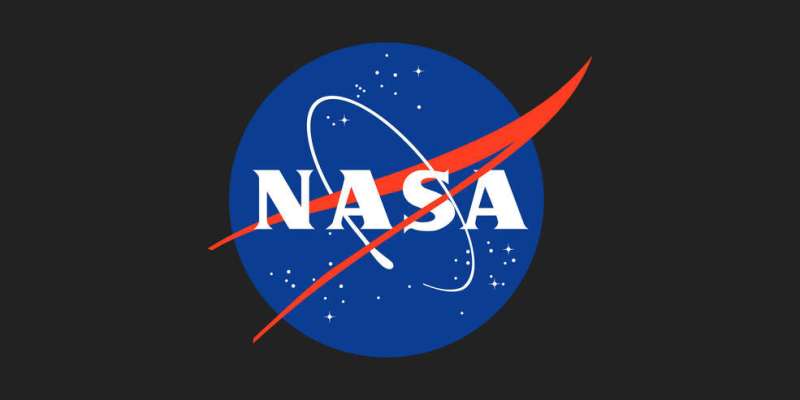
In support of the Biden-Harris Administration's efforts to advance racial equity in the federal government, NASA has released its first-ever Equity Action Plan. The plan establishes key focus areas that will allow the agency to track progress toward improved diversity, equity, inclusion, and accessibility both internally and externally to NASA.
"At NASA, all of our missions depend on our steadfast commitment to equal opportunity," said NASA Administrator Bill Nelson. "The Equity Action plan deepens our commitment to further identify and remove the barriers that limit opportunity in underserved and underrepresented communities. This framework anchors fairness as a core component in every NASA mission to make the work we do in space and beyond more accessible to all."
The four focus areas the plan addresses are:
- Increasing integration and utilization of contractors and businesses from underserved communities and expanding equity in NASA's procurement process
- Enhancing grants and cooperative agreements to advance opportunities, access, and representation for underserved communities
- Leveraging Earth Science and socioeconomic data to help mitigate environmental challenges in underserved communities
- Advancing external civil rights compliance and expanding access to limited English proficient populations within underserved communities
NASA will lean into the focus areas by further analyzing and assessing feedback received from an initial request for information.
Video: Ariane 6 cryo-arms test mimics liftoff
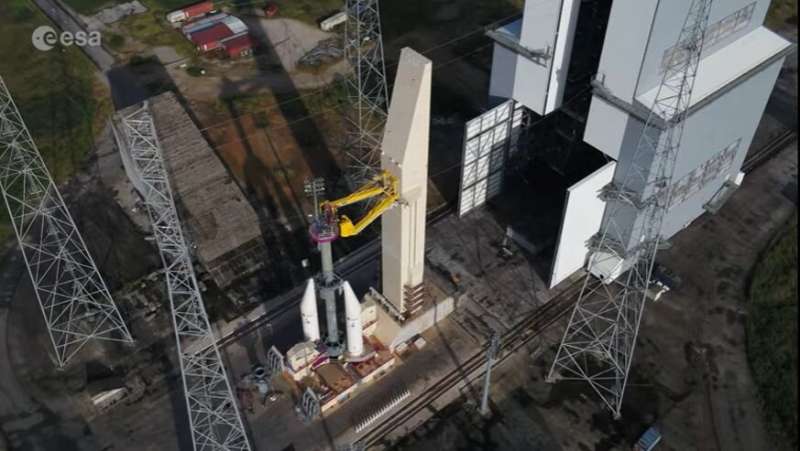
Europe's Spaceport in French Guiana is preparing for the arrival of Ariane 6, ESA's new heavy-lift rocket. The latest round of testing aims to validate the system of fuel lines and mechanical supporting arms that will keep Ariane 6 topped up with liquid hydrogen and liquid oxygen in the critical moments before liftoff. This work is part of the final preparations of the new Ariane 6 launch complex and all the systems necessary for a launch.
With the mobile gantry fully retracted—as for a launch—two articulated arms attached to the upper part of the Ariane 6 mast on the launch pad were separated and retracted while filled with hydrogen that is cooled to its liquid state at cryogenic temperatures. This maneuver mimics the seconds before liftoff.
The "cryo-arms" are part of the fluidic connection system which connects to Ariane 6 in the final countdown to launch. They support the upper umbilicals which supply cryogenic top-up fuel, maintain the correct pressurization of the tanks, cool the engines before ignition and generally keep the upper stage in an optimal condition right up to the point of liftoff.
Week in images: 11-15 April 2022

Week in images: 11-15 April 2022
Discover our week through the lens
Earth from Space: Scandinavian Peninsula

The Copernicus Sentinel-3 mission captured this impressive shot of the almost cloud-free Scandinavian Peninsula on 20 March.
Divide and conquer: Mars rovers could be superseded by swarms of two-wheeled robots
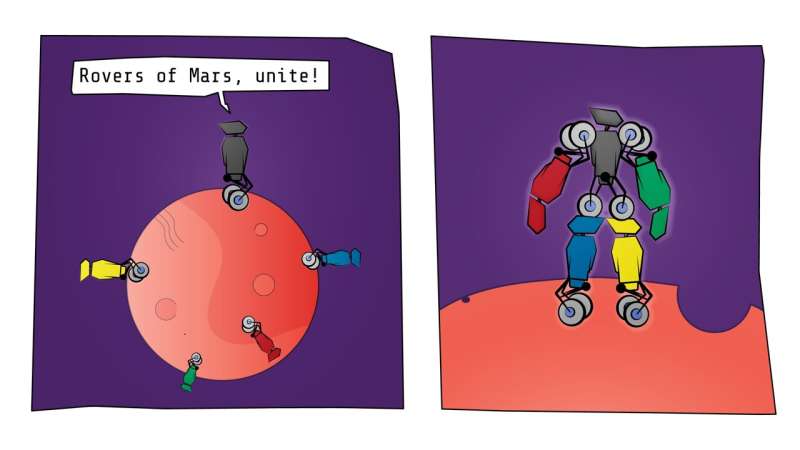
Skoltech scientists have proposed a concept for a modular Mars exploration rover. Leveraging the power of cooperative robotics, the new system first described in an Acta Astronautica paper consists of four two-wheeled robots that can operate independently or combine in various constellations. According to the study, that approach will enable longer exploration missions that gather more information about the planet's history, potential habitability, and possible traces of surface water or prior life.
Since NASA's Pathfinder, the first successful Mars rover, landed on the Red Planet in 1997, researchers have used the same basic design: a six-wheeled autonomous exploratory vehicle carrying a set of scientific instruments on board. Nowadays, researchers suggest that a Mars mission could accomplish more in the same timespan if it consists of several variously equipped robots simultaneously carrying out separate tasks at different locations and occasionally coming together for more challenging tasks.
"This is basically an optimization problem: How do you maximize exploration time and distance covered without driving the cost of the mission through the roof?" Skoltech Ph.D.
Fuel leak thwarts NASA's dress rehearsal for moon rocket
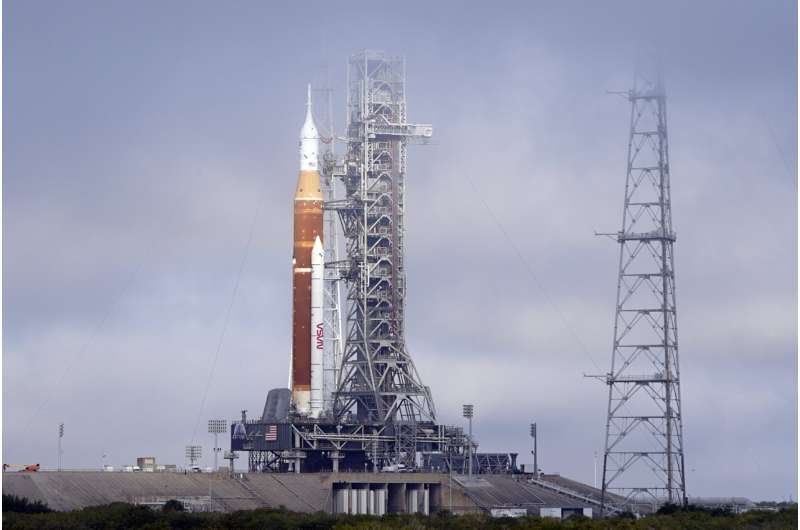
NASA's latest attempt to fuel its huge moon rocket for a countdown test was thwarted Thursday by a hazardous hydrogen leak, the latest in a series of vexing equipment trouble.
Plasma ejections from the sun could cause damage on Earth, scientists say
 An unusual magnetic storm from the sun will aim at the Earth soon, possibly beginning Thursday, and experts say it has the potential to cause some noticeable damage here on our planet.
Scientists say that the solar activity - called a geomagnetic storm - will produce a magnetic discharge and send it in the direction toward Earth. In other words, essentially, that means that increased
An unusual magnetic storm from the sun will aim at the Earth soon, possibly beginning Thursday, and experts say it has the potential to cause some noticeable damage here on our planet.
Scientists say that the solar activity - called a geomagnetic storm - will produce a magnetic discharge and send it in the direction toward Earth. In other words, essentially, that means that increased Ariane 6 cryo-arms mimic liftoff
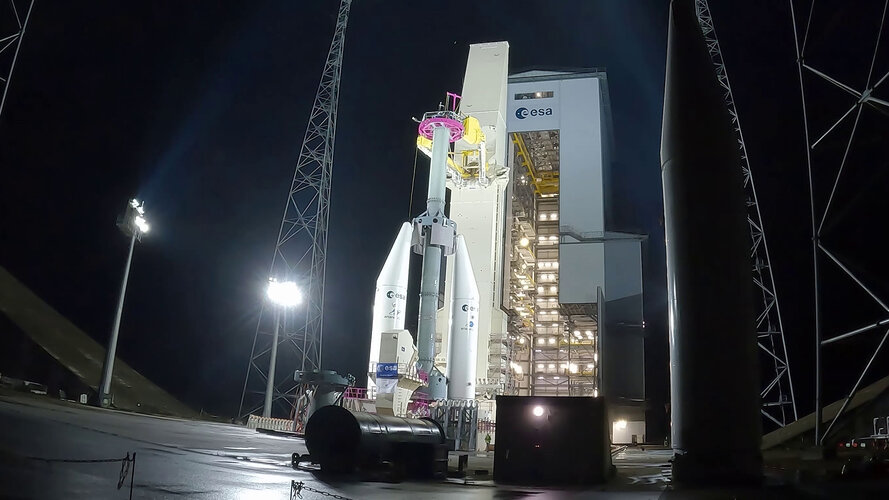 Video:
00:01:24
Video:
00:01:24
Europe’s Spaceport in French Guiana is preparing for the arrival of Ariane 6, ESA’s new heavy-lift rocket. The latest round of testing aims to validate the system of fuel lines and mechanical supporting arms that will keep Ariane 6 topped up with liquid hydrogen and liquid oxygen in the critical moments before liftoff. This work is part of the final preparations of the new Ariane 6 launch complex and all the systems necessary for a launch.
With the mobile gantry fully retracted – as for a launch – two articulated arms attached to the upper part of the
Industry Space Days 2022: join Europe’s space community at ESA/ESTEC

Register now to attend ESA’s Industry Space Days (ISD) at the European Space Research and Technology Centre (ESTEC) in Noordwijk, the Netherlands, on 28–29 September 2022.



